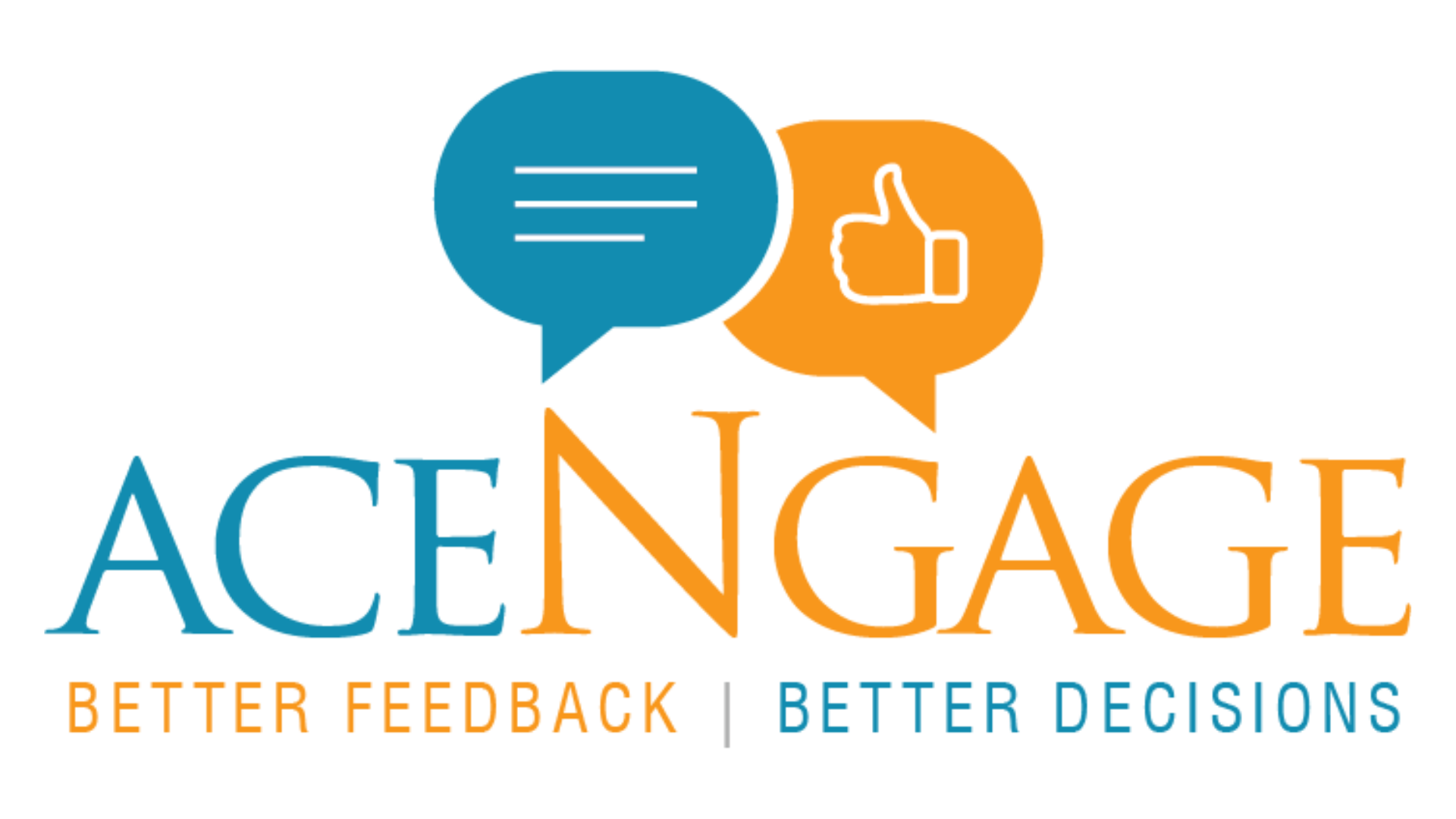(From an HR’s Perspective: What to Ask and What Every Answer Tells You)
Let’s face it — exit interviews are one of the few moments where employees tell you the truth.
But only if you ask the right questions. And more importantly — only if you listen the right way.
As HR professionals, we’ve been trained to be strategic, empathetic, and analytical. But when it comes to exit interviews, we often default to a checklist rather than a conversation. It’s time we change that.

At AceNgage, having conducted over 7 lakh exit interviews across 17+ years, we’ve seen one thing hold true:
“Every exit holds a story — and in that story, lies the truth about your culture.”
This blog is your go-to guide — as an HR — on how to ask the right exit interview questions, interpret answers correctly, and build stronger attrition management and employee retention models based on real, actionable insights.
But First — What is an Exit Interview?
In simple terms, an exit interview is a structured conversation between HR and an exiting employee. But in reality, it’s much more than that. It’s a mirror. A diagnostic tool. A truth serum.
And if used right, it can reduce employee turnover, improve employee retention, and make your culture genuinely better.
To understand how Exit interviews can help companies reduce employee turnover and Enhance employee retention, Contact AceNgage | India’s Largest Exit Interview Service Provider
The Real Role of HR in Exit Interviews
Your job isn’t just to ask. Your job is to listen, probe, and connect the dots.
Every answer you hear is either a symptom of a bigger problem or validation of what’s working.
That’s the magic (and responsibility) of an exit interview. As HRs, we often hear answers like:
- “I didn’t see any growth here.”
- “I loved my team, but leadership decisions felt disconnected.”
- “I was managing more than my role but not being compensated for it.”
Now, on the surface, these might feel like individual experiences. One person’s story. One manager. One team. But here’s the thing — one person leaving might not be a crisis. But if three people say the same thing in three months? That’s a pattern.
These patterns are powerful. They show you:
- Where the cracks are forming before the dam breaks
- Which managers might need coaching
- Which teams are burning out
- Where your recognition programs are working
- Or where your career paths are failing people
Every exit interview is a data point with emotion, and when you map those points over time — across departments, locations, levels — you begin to see a real, living story of your workplace.
This is how exit interviews stop being just a formality and start becoming a backbone of your attrition control strategy.
Exit Interview Questions HR Should Ask
(And What Each Answer Might Really Mean)
Here’s a breakdown of key exit interview questions, why they matter, and how to interpret each response.
1. “What prompted you to start looking for a new role?”
✅ What this reveals: The real trigger. Not the offer letter they accepted — but what made them open LinkedIn in the first place.
🧠 If they say:
“I felt stuck. No growth opportunities.”
🔍 It indicates: A broken or unclear career pathing system. Review L&D, internal mobility.
“I wasn’t feeling valued anymore.”
🔍 It indicates: Recognition gap, possibly poor manager-employee dynamics.
“The workload was getting unmanageable.”
🔍 It indicates: Burnout risks, poor capacity planning, lack of psychological safety.
AceNgage Insight:
58% of employees who left said the real decision to quit was made 6 months before they hit ‘apply’ elsewhere.
2. “How would you describe your experience with your manager?”
✅ What this reveals: Whether the manager is a retention asset or a risk.
🧠 If they say:
“They were task-driven but not very supportive.”
🔍 It indicates: Your managers may need coaching in people leadership.
“We had a great relationship.”
🔍 It indicates: Strength worth replicating; maybe promote this person’s leadership approach.
“They micromanaged every step.”
🔍 It indicates: Autonomy is lacking. May trigger mass disengagement.
AceNgage Insight:
Teams with poor managers had 3x the attrition rate compared to teams with high trust and autonomy.
3. “Did you feel your contributions were recognized?”
✅ What this reveals: Whether your employee recognition framework is working.
🧠 If they say:
“Not really, unless it was a crisis situation.”
🔍 It indicates: Recognition is reactive, not consistent or inclusive.
“Yes, I got feedback regularly.”
🔍 It indicates: Good feedback culture — note the team or BU and learn.
4. “Were you satisfied with the compensation and benefits?”
✅ What this reveals: Whether your comp and benefits package is competitive or outdated.
🧠 If they say:
“I was okay with it, but peers in similar roles elsewhere earn more.”
🔍 It indicates: A compensation review may be overdue.
“Salary was fine, but benefits didn’t cover key needs.”
🔍 It indicates: Your perks may not be aligned with employee priorities (e.g., childcare, mental health, insurance).
5. “What did you enjoy most about your time here?”
✅ What this reveals: What’s working well in your culture.
🧠 If they say:
“My team — the people were amazing.”
🔍 It indicates: Strong peer culture — maybe use this in employer branding.
“Learning opportunities.”
🔍 It indicates: L&D is your strength. Invest further.
“Work-life balance.”
🔍 It indicates: Flexibility is a key reason to stay. Highlight this in talent marketing.
6. “What did you find most frustrating about your job or the organization?”
✅ What this reveals: Core issues behind employee dissatisfaction and attrition.
🧠 If they say:
“Too many processes for basic tasks.”
🔍 It indicates: Bureaucracy or low agility. Needs process simplification.
“No clarity on where the company was heading.”
🔍 It indicates: Poor internal communication from leadership.
“The culture became too competitive.”
🔍 It indicates: Values dissonance; watch for toxicity.
AceNgage Stat:
Culture misalignment was cited in 42% of exit interviews as a reason for leaving, even when pay was competitive.
7. “Did you see a clear career path for yourself here?”
✅ What this reveals: The effectiveness of your career planning and internal mobility.
🧠 If they say:
“I had to switch companies to grow.”
🔍 It indicates: Internal progression is weak or lacks visibility.
“My manager never really spoke to me about long-term goals.”
🔍 It indicates: Managers may need better training in growth conversations.
8. “Would you consider rejoining us in the future?”
✅ What this reveals: Your employer reputation and boomerang hire potential.
🧠 If they say:
“Yes, if the role aligned better.”
🔍 It indicates: Exit isn’t emotional. Good relationship — keep alumni warm.
“Not unless things change.”
🔍 It indicates: Deeper cultural or structural issues. Ask what needs to change.
9. “What advice would you give to improve the employee experience?”
✅ What this reveals: A peek into employee expectations and aspirations.
🧠 If they say:
“More open conversations with leadership.”
🔍 It indicates: Lack of voice. Could explore platforms for employee feedback.
“Shorter decision-making cycles.”
🔍 It indicates: Hierarchy blocks agility. Empower middle managers.
“Celebrate people more.”
🔍 It indicates: Recognition isn’t embedded culturally yet.
What Makes a Good Exit Interview?
The best exit interviews don’t just check boxes. They make the employee feel heard, not just logged.
According to AceNgage:
“A good exit interview is one where employees don’t feel like they’re just closing a file, but contributing to a better workplace for the next person.”
Best practices include:
- Conducting interviews through a neutral third party like AceNgage for authenticity
- Ensuring confidentiality and no manager backlash
- Using aggregated insights for systemic change, not individual targeting
How Exit Interviews Support Attrition Control
Exit interviews are one of the most powerful tools for attrition management, when used as a trend-analysis mechanism.
Use them to:
- Identify high-risk departments
- Trace common manager issues
- Review HR policy effectiveness
- Feed into your employee retention model
AceNgage’s dashboard helps you:
- Visualize attrition trends across months/teams
- Segment by role, reason, and demographic
- Get predictive insights on upcoming attrition spikes
To understand how Exit interviews can help companies reduce employee turnover and Enhance employee retention, Contact AceNgage | India’s Largest Exit Interview Service Provider
Real Exit Story: Why Listening Matters
Closing Thoughts: Listen. Learn. Act.
The goal of every exit interview isn’t just to understand why someone’s leaving.
It’s to uncover what you didn’t notice while they were still around.
As HR professionals, we are in the business of people, not paperwork.
So the next time you sit across from a resigning employee, remember:
- Don’t defend.
- Don’t judge.
- Just listen.
And if you don’t have the internal bandwidth or neutrality?
Bring in experts like AceNgage.
Because exits are not the end — they’re your roadmap to retention.






